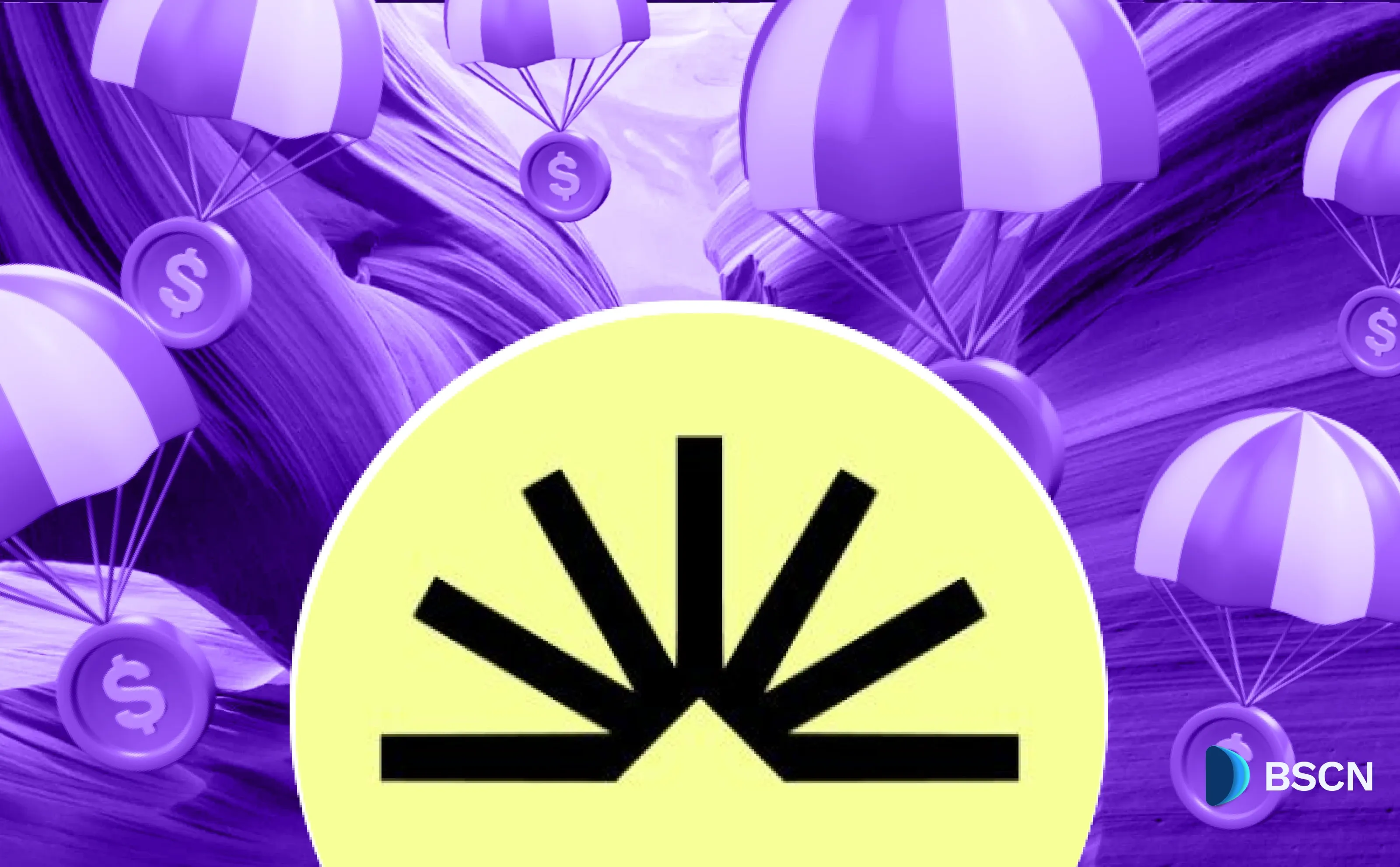WEB3
Coinbase to Delist Non-Compliant Stablecoins in EU by December

Major stablecoins like Tether's USDT are expected to be impacted, while Coinbase will provide conversion options to MiCA-compliant alternatives like Circle’s USD Coin (USDC) and EURC.
BSCN
October 4, 2024
U.S.-based cryptocurrency exchange Coinbase will soon remove all non-compliant stablecoins from its European exchange, according to an Oct. 4 Reuters report. It is part of the company's preparations to comply with the European Union's new regulations on crypto-assets (MiCA).
Coinbase’s decision to delist these stablecoins, including Tether’s USDT, aims to ensure that the platform meets the strict regulatory standards set by the EU.
Users in the EEA will be able to convert their holdings of unauthorized stablecoins to compliant alternatives by December 30, with further details expected in November. Coinbase’s second-largest stablecoin issuer, Circle, remains a primary option for users transitioning to MiCA-compliant assets.
MiCA Compliance and the December Deadline
The MiCA framework, which took effect in June for stablecoin issuers, requires companies to hold e-money authorization in at least one EU member state to operate within the bloc. These rules are reportedly designed to protect users while promoting innovation within the crypto space.
Exchanges like Coinbase must follow additional guidelines starting December 31, and the company has announced it will restrict services related to non-compliant stablecoins by December 30.
Impact on Tether and Other Stablecoins
One of the most significant stablecoins affected by Coinbase’s decision is Tether (USDT), the largest stablecoin by market cap. Tether has yet to secure an e-money license in the EU, and this regulatory shortfall could force the delisting of USDT from Coinbase's European platform.
Paolo Ardoino, CEO of Tether, has expressed concerns about the impact of stringent cash reserve requirements on both banks and digital assets.
While Tether faces potential delisting, other stablecoins like Circle's USDC and EURC are safe from these changes. Circle became the first global stablecoin issuer to receive an Electronic Money Institution (EMI) license in the EU, securing its position in the region.
Coinbase confirmed to Bloomberg that the exchange will provide users with updates in November about how to convert their holdings to compliant alternatives.
Preparing for Regulatory Shifts
Other major exchanges, such as Binance and Bitstamp, have also begun restricting stablecoins that don't meet MiCA's requirements.
In June, Bitstamp removed Tether’s Euro-pegged stablecoin EURT for non-compliance, setting the stage for what could become an industry-wide shift. Binance is similarly adjusting its stablecoin offerings to ensure full compliance with the EU’s new rules.
As MiCA regulations extend to crypto service providers starting December 31, Coinbase has already designated Ireland as its hub for MiCA compliance.
Disclaimer
Disclaimer: The views expressed in this article do not necessarily represent the views of BSCN. The information provided in this article is for educational and entertainment purposes only and should not be construed as investment advice, or advice of any kind. BSCN assumes no responsibility for any investment decisions made based on the information provided in this article. If you believe that the article should be amended, please reach out to the BSCN team by emailing [email protected].
Latest News
Crypto Project & Token Reviews
Project & Token Reviews
Comprehensive reviews of crypto's most interesting projects and assets
Learn about the hottest projects & tokens
Latest Crypto News
Get up to date with the latest crypto news stories and events








